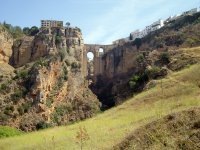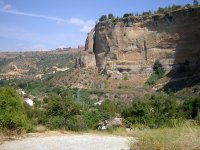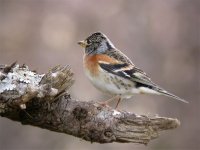markgrubb
Leading a life of quiet desperation
Well you live in a wonderful area. My brother and I stayed in May at Cortijo de las Piletas(would recommend it to anyone-very reasonable rates) and were treated very well by Elisenda and her husband and they speak very highly of you. Booted eagles close by, wryneck in the meadow and melodious warbler in the nearby bushes. Not a bad start.
Both of us are relatively new birders so it was like a child being let loose in a sweetie shop. Made lots of mistakes and probably missed much but loved seeing the vultures, black and black eared wheatears, orioles, dartford warblers, rock bunting and sparrows etc etc. Many more highlights
The drive down to Montejaque and Benoajoan was just stunning with the mountains and rock formations
Would love to go back. You're a very lucky man staying there
Both of us are relatively new birders so it was like a child being let loose in a sweetie shop. Made lots of mistakes and probably missed much but loved seeing the vultures, black and black eared wheatears, orioles, dartford warblers, rock bunting and sparrows etc etc. Many more highlights
The drive down to Montejaque and Benoajoan was just stunning with the mountains and rock formations
Would love to go back. You're a very lucky man staying there






![3N5 07[1].02.07.jpg](/data/attachments/98/98481-d289ac0bffdbf06cdb501c3b6b8bb45b.jpg)
